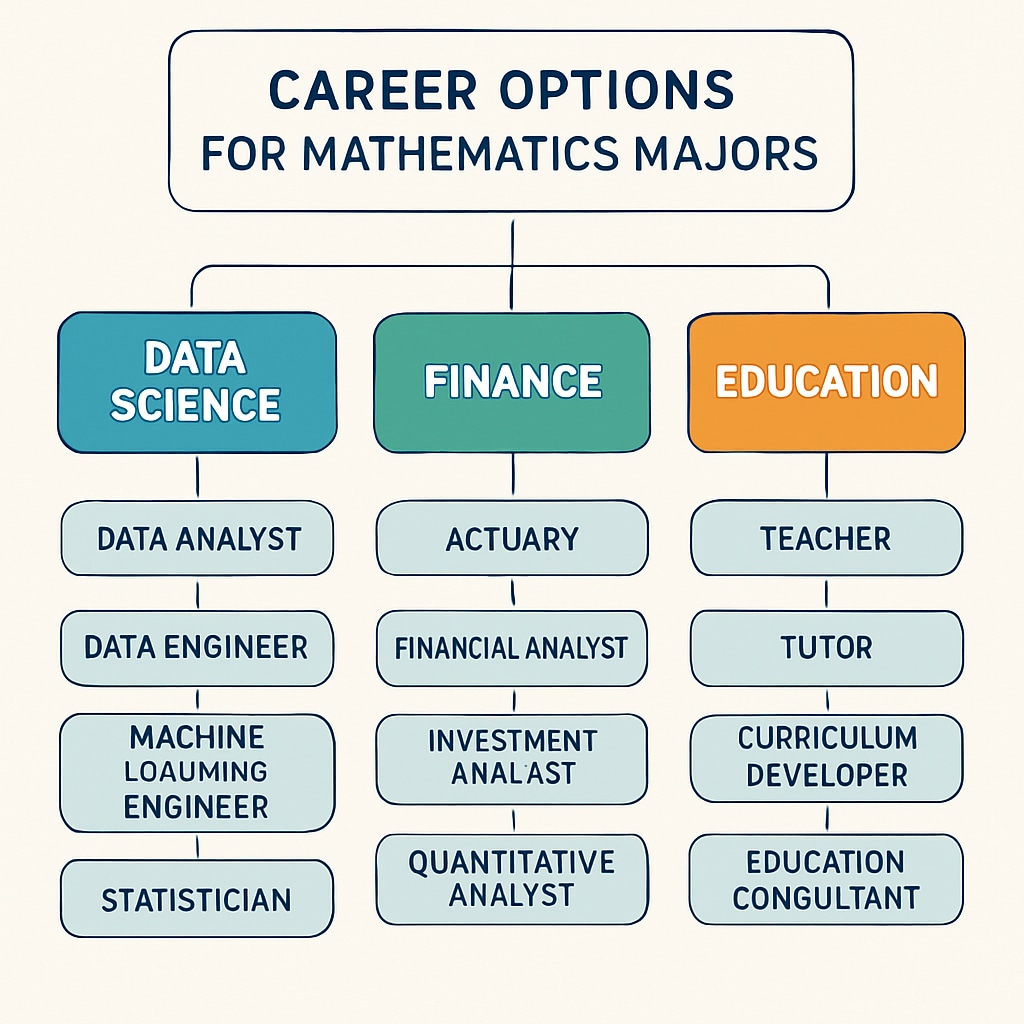For high school students, choosing a college major can feel like standing at a crossroads, especially when trying to balance personal interests such as a deep passion for math sciences with practical career planning. It’s a decision influenced by societal expectations, parental advice, and future job prospects. This article explores how students can navigate these challenges to make informed and authentic choices.
Understanding the Importance of College Major Selection
Choosing a college major is more than just picking a subject to study; it’s about laying the foundation for your future career. Students with a strong interest in math sciences often face unique pressures. While their passion for numbers, equations, and problem-solving might be undeniable, external opinions—such as friends or family suggesting more “practical” fields—can cloud their judgment.
However, it’s critical to recognize that pursuing an area of interest can lead to greater academic engagement and long-term satisfaction. According to a study by the Britannica Education Research, students who choose majors aligned with their passions are more likely to excel academically and professionally.
Here are key factors to consider:
- Personal Interests: What subjects excite you the most?
- Career Opportunities: Does the chosen field offer robust job prospects?
- Skill Development: Will the major help you build transferable skills?

Balancing Passion for Math Sciences with Career Planning
Math sciences, encompassing fields such as pure mathematics, applied mathematics, statistics, and data science, offer diverse career opportunities. From finance to technology, industries worldwide rely on mathematical expertise. Yet, students may worry about whether these fields guarantee stable careers or high salaries.
To balance passion with practicality, students can follow these tips:
- Research potential career paths in math sciences. For example, becoming a data analyst or an actuary offers both financial stability and intellectual stimulation.
- Speak with professionals in math-related fields. Networking can provide valuable insights into day-to-day work and career growth.
- Consider interdisciplinary majors. Combining math with computer science, engineering, or economics can broaden career opportunities.

Practical Methods for Choosing a College Major
To make an informed decision, high school students can use the following methods:
- Self-Assessment Tools: Online career tests can help students identify their strengths and align them with suitable majors.
- Job Shadowing: Spending a day with professionals in math-related fields can provide real-world perspectives.
- College Resources: Many universities offer workshops or counseling sessions to guide students through major selection.
Moreover, students should remember that a college major is not a lifelong commitment. Many graduates successfully pivot to different careers by leveraging transferable skills acquired during their studies, such as analytical thinking and problem-solving.
As a result, the key is to remain adaptable and open-minded while focusing on personal growth and future possibilities.
Conclusion: Embracing the Journey of Decision-Making
Choosing a college major is undoubtedly a challenging task, especially for students passionate about math sciences but uncertain about career prospects. By evaluating personal interests, exploring career options, and utilizing practical decision-making tools, students can make choices that reflect both their passions and responsibilities.
Ultimately, it’s essential to remember that this decision, while important, does not define your entire future. Growth and adaptability often lead to unexpected opportunities. Embrace the journey with confidence, knowing that every step you take brings you closer to discovering your true potential.
Readability guidance: Use short paragraphs and lists to make key points stand out. Incorporate transition words like “however,” “therefore,” and “for example” for smoother flow. Balance active voice with concise explanations to ensure clarity.


